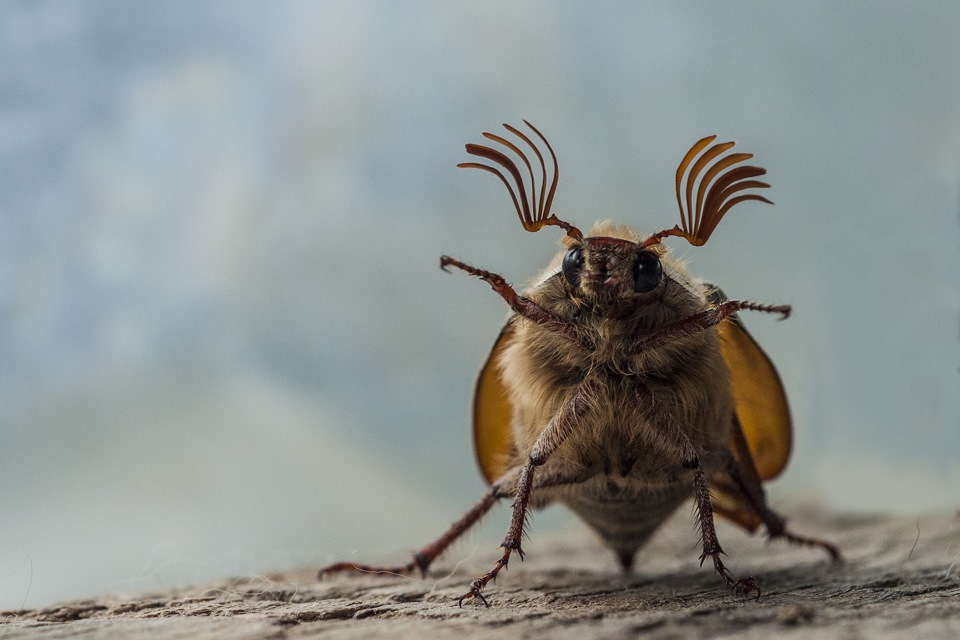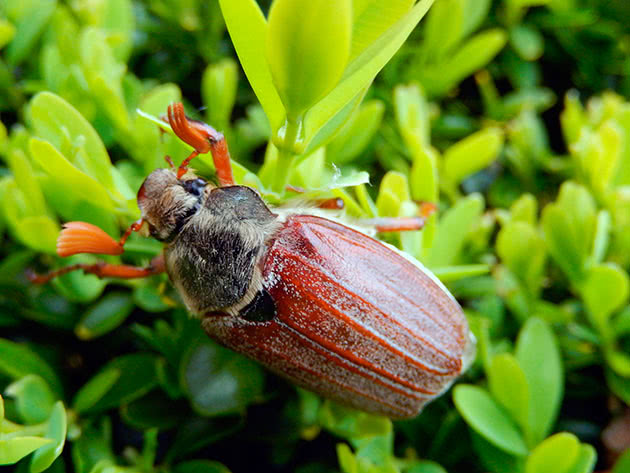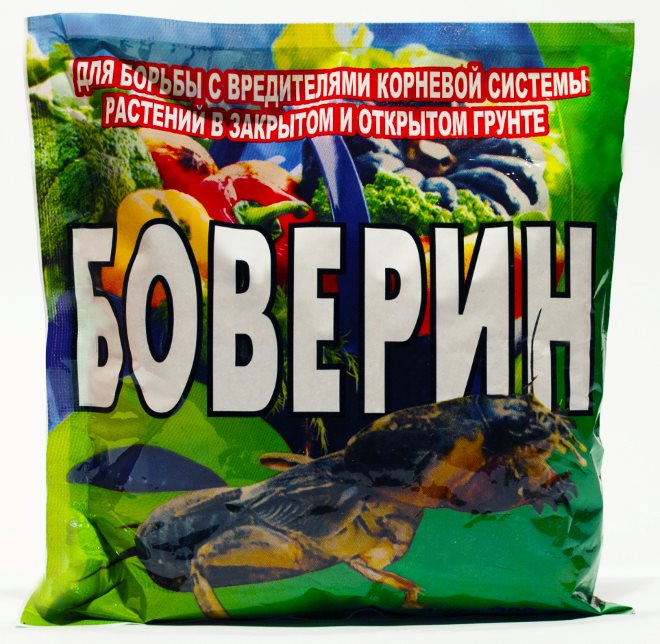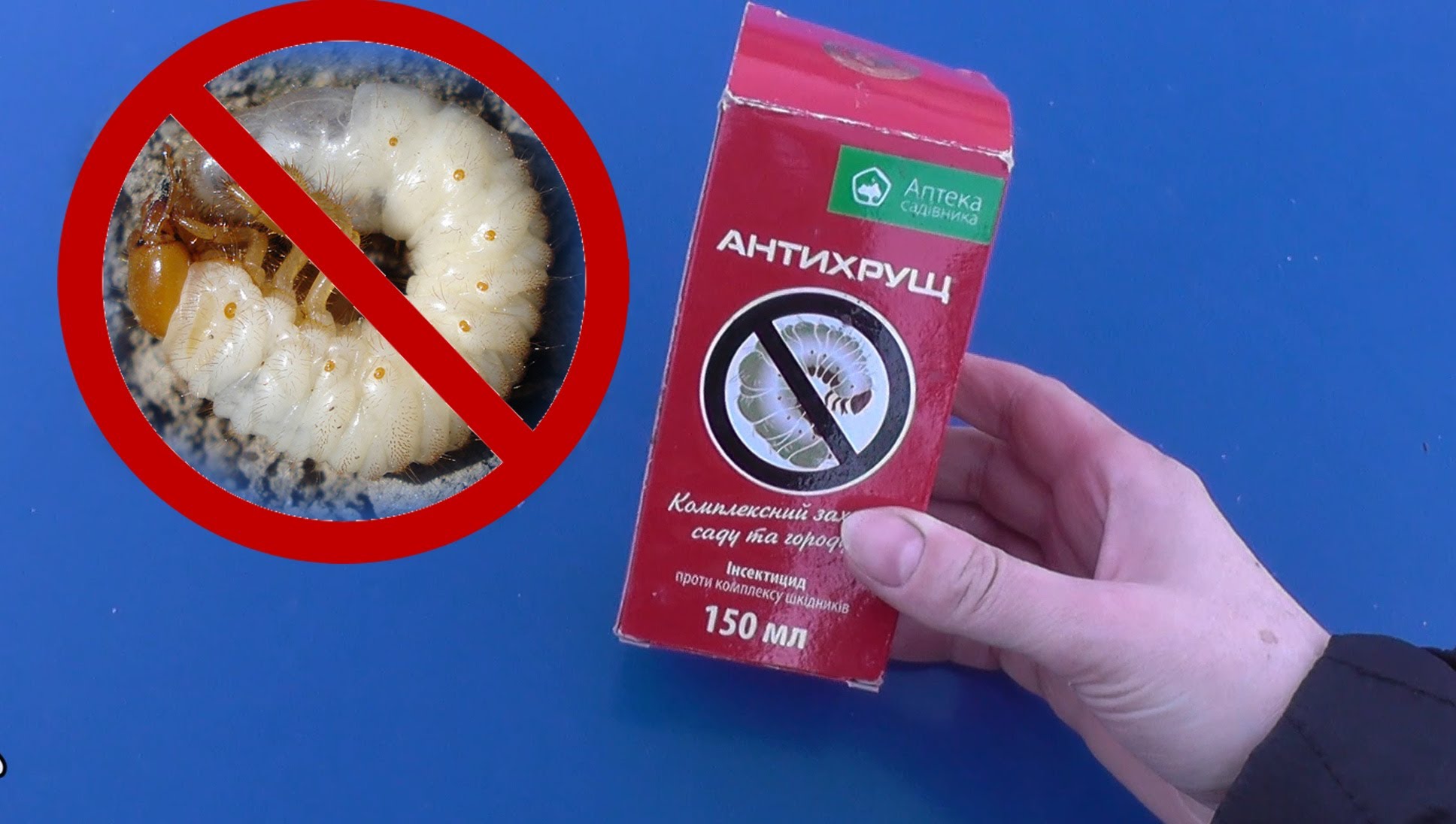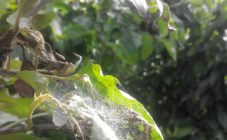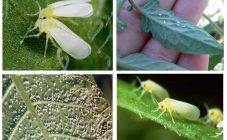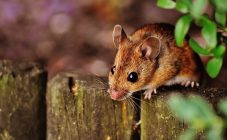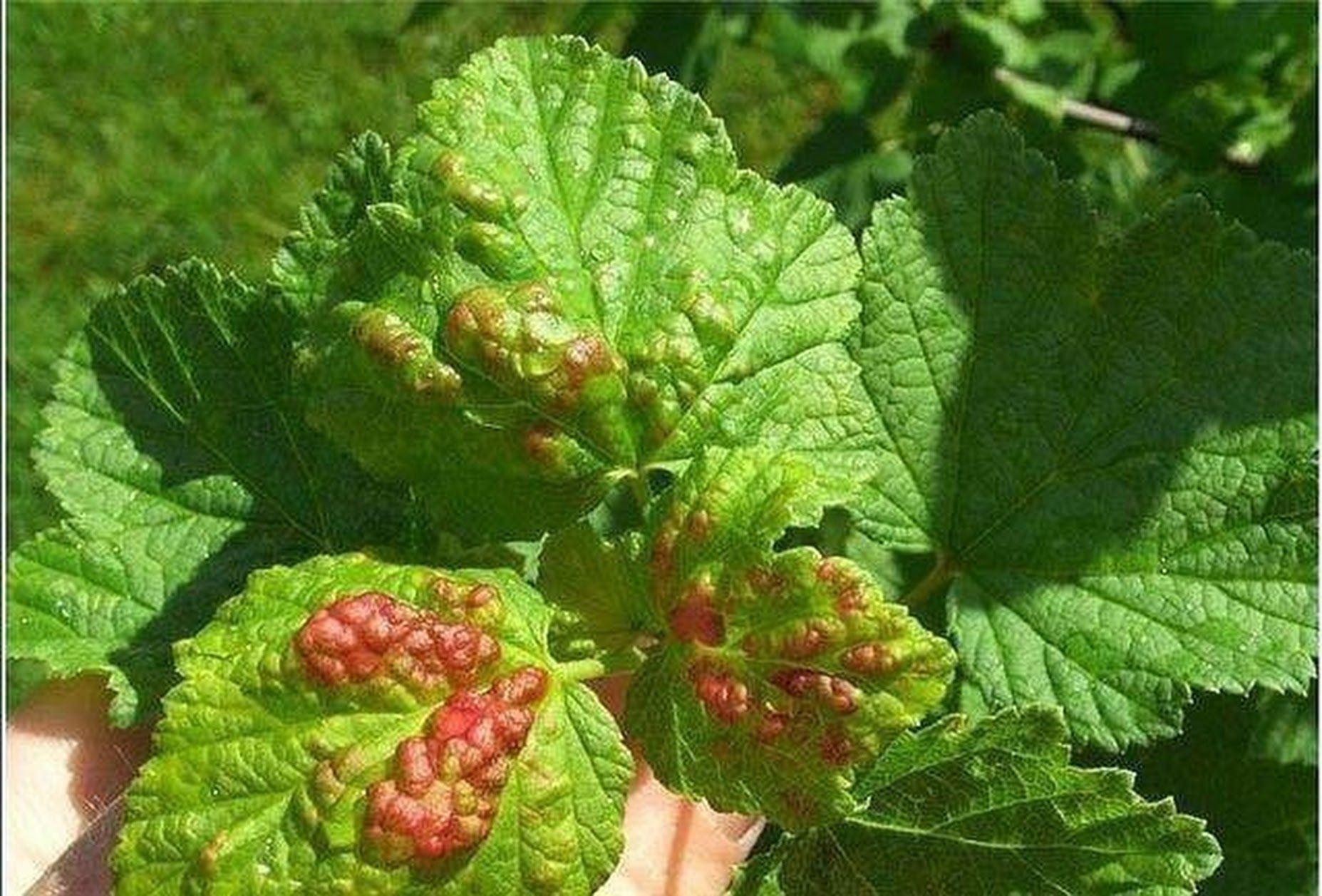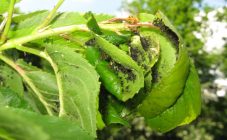Content:
Pest control in a summer cottage is a constant and mandatory matter. If you do not stop the invasion of enemies in time, you can be left without a crop and with gnawed trees. There are a huge number of different pests, but some of the most dangerous are those that work underground. They can completely unnoticed by the summer resident destroy the fruits of his labors and disappear in a neighboring area. Such pests include beetles.
Activity in different periods of life
For the first three years, the beetle larvae are underground and, accordingly, harm in an imperceptible way. They are especially dangerous in the third year of life, when they gain strength and increase in size. During this period, they can cause serious damage to the site, as they begin to actively eat the roots of shrubs and fruit trees. Adult insects that flew out of the ground in the fourth year of life feed on plant leaves and also greatly harm them.
Why are these pests dangerous?
Without proper care of the site and careful attention to their plantings, the summer resident may face trouble. For example, bred beetles and their larvae can eat the roots of a tree, which can later fall and harm someone. Therefore, it is very important to always be on the alert for pests.
Eco-friendly control methods
A fine mesh can be laid out on the planted plants, this will protect the soil from the penetration of female pests into it and the subsequent invasion of larvae. The grid is laid out during the summer of pests and on an area of at least one hundred square meters.
Soil mulching is also an effective protection method. Pine bark is well suited for this method, which is laid in a layer 5 cm thick.
Unfolding humus on the site will attract larvae there, which will later be easier to catch and destroy. This method works due to the fact that the temperature in the humus is higher than in the soil, and the larvae willingly move there for wintering.
Fighting with chemicals
The best control is, of course, prevention. For this, the new site must be carefully inspected, and if a large number of larvae are found in the ground, it must be treated with chemicals.
Soaking the roots of the seedlings in a mixture of peat and humus and adding an insecticide will help protect them from larvae.
Diazinon-based products have shown themselves well in the fight against larvae. Late spring - early summer is the ideal time to apply such preparations to the soil.

